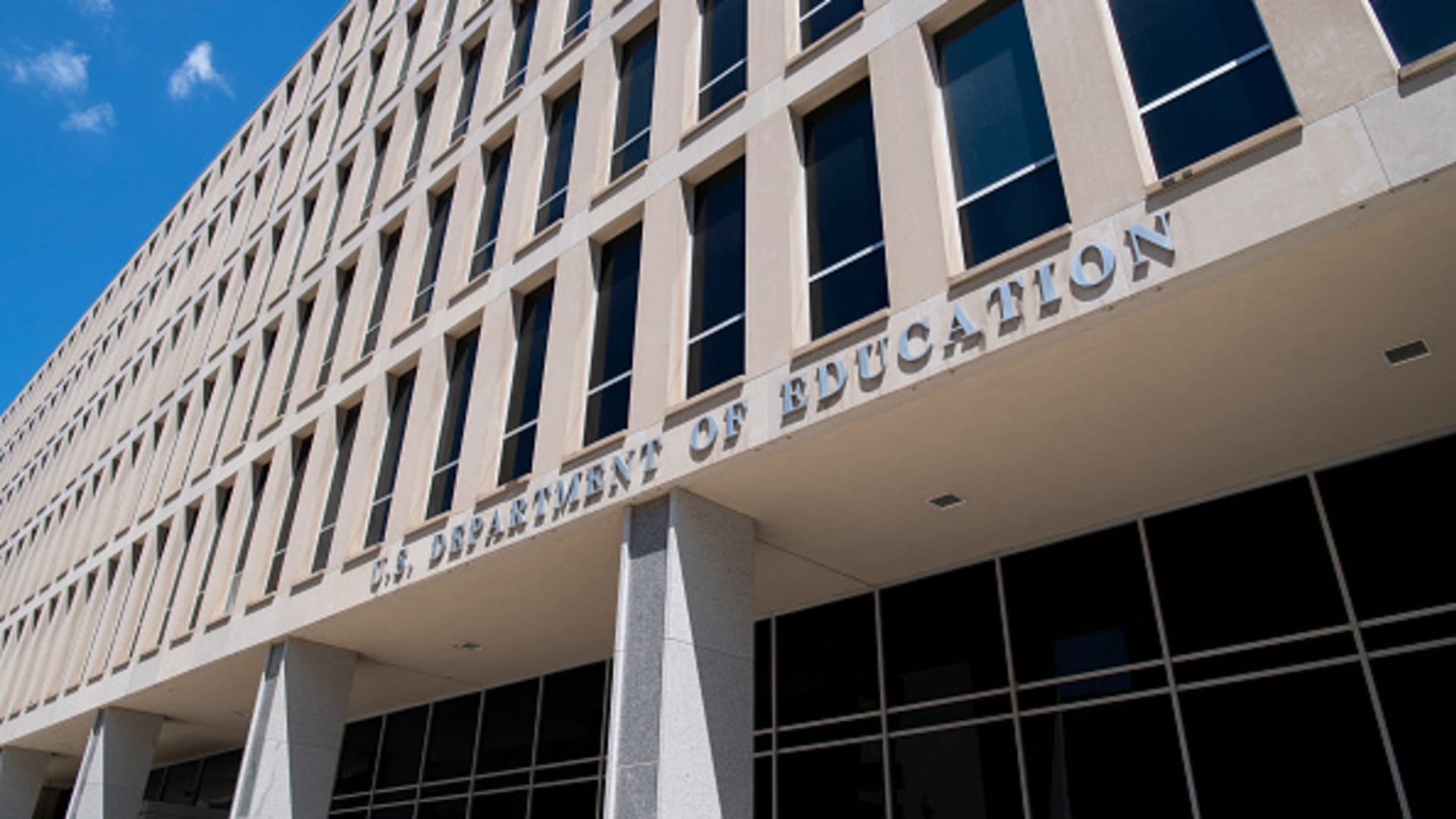Products You May Like
Just weeks after the Supreme Court struck down President Joe Biden’s plan to cancel up to $20,000 of their debt, some borrowers got good news: The Biden administration announced it would be forgiving loans for more than 800,000 people, for a total of $39 billion in relief.
What was the connection between these two actions? Very little.
Although the Supreme Court concluded Biden didn’t have the power to broadly cancel people’s student debt balances at the end of June, his administration used existing regulatory authority to carry out the latest relief.
Here’s what to know, and how to tell if you qualify.
Qualifying borrowers have been paying for decades
Unlike Biden’s sweeping student loan forgiveness plan that would have impacted the majority of borrowers, the latest debt cancellation applies only to those who have been making payments for 20 years or 25 years (likely since either 1998 or 2003.)
“This adjustment will provide immediate forgiveness for those that have been paying on their loans for two decades or more, yet still have a balance,” said Betsy Mayotte, president of The Institute of Student Loan Advisors, a nonprofit.
Those eligible borrowers were mostly enrolled at some point in what is called the “Income-Contingent Repayment Plan,” said higher education expert Mark Kantrowitz. ICR was the first payment plan available that let borrowers pay what they could afford each month. That’s why most of the borrowers were in this plan: it’s been around long enough for them to have made enough qualifying payments.
More from Personal Finance:
Quiet luxury may be Americans’ most expensive trend ever
Companies recognize importance of ‘out of office’ time
Cash-strapped consumers tip less amid persistent inflation
Borrowers are actually entitled to loan forgiveness under these income-based plans after they’ve made payments for a certain amount of time, typically 20 years or 25 years.
But issues in the lending system resulted in that not happening.
“The loan servicers weren’t keeping track of the qualifying payments,” Kantrowitz said.
The Biden administration remedied this problem by recounting people’s payments and making a one-time adjustment, giving borrowers credit for months that previously didn’t count, including periods spent in certain deferments or forbearances. Late or partial payments were also made eligible.
This brought 804,000 borrowers over the line for forgiveness.
Many kinds of student loans qualify
Government-held Federal Family Education Loans, or those in the F.F.E.L., program, direct loans and Parent PLUS loans all qualify for the latest relief.
When borrowers will hear about debt relief
If you’re not sure if you can expect the aid, the U.S. Department of Education said it would alert eligible borrowers within days.
“It will take up to a month after the borrower is notified for the loan cancellation to occur,” Kantrowitz said.
If you qualify for the debt relief but haven’t received it by the time student loan bills resume in October, you won’t be required to make any payments, the U.S. Department of Education says.
